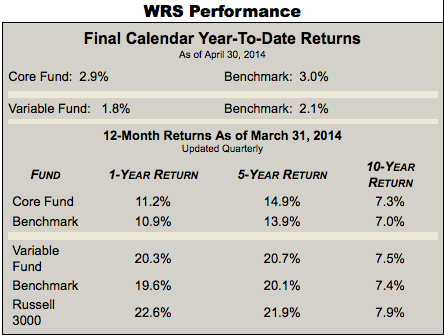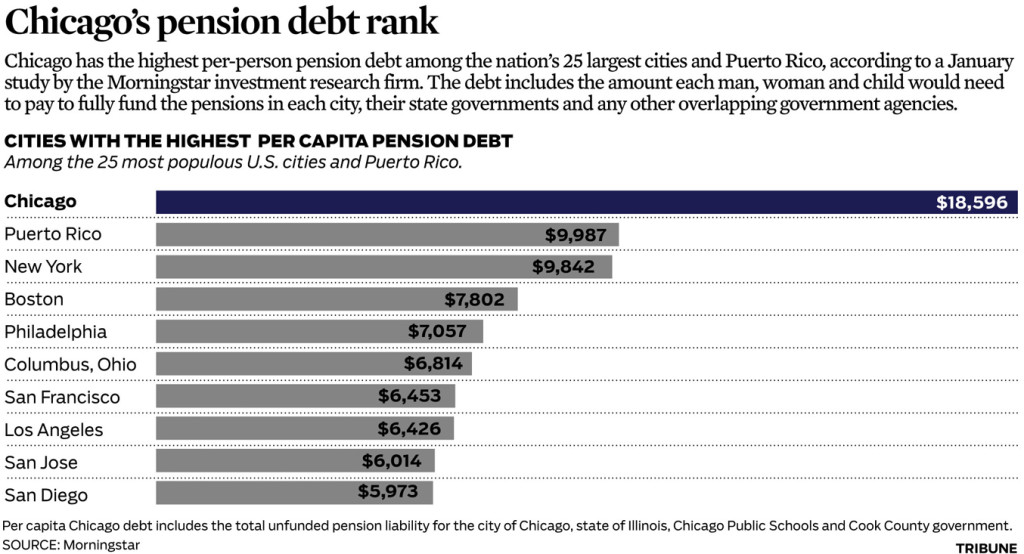
The politics of guns isn’t a topic too often broached at shareholder meetings.
But that’s exactly the topic that was the center of attention at Alliant Techsystems’ annual shareholder meeting on July 30, which included a shareholder resolution asking the Virginia-based defense and sporting goods company to comply with some of the Sandy Hook Principles—an initiative requesting that firearms manufacturers comply by certain guidelines, for example, developing better safety technology.
The message of the Sandy Hook Principles: comply or be sold.
And who filed that shareholder resolution? The Connecticut Retirement Plans and Trust Funds as well as the New York State Common Retirement Fund.
According to a press release, the resolution asked for the following from Alliant Techsystems:
* Promoting restrictions on firearms and ammunition sales, transfers and possession to keep guns out of the hands of children, persons with mental illness or mental health challenges, criminals, domestic or international terrorists and anyone else prohibited from possessing them under federal law;
* Supporting the establishment of a federal universal background check system for every sale or transfer of guns or ammunition conducted by the company;
* Reevaluating policies regarding the sale, production, design or conversion of military style assault weapons for use by civilians, including the distribution of any materials/information that may be used to assist in such conversions;
* Taking steps to promote the conducting of background checks for every sale or transfer of guns or ammunition by business clients, including gun show operators or gun dealers.
* Supporting a federal gun trafficking statute to ensure stronger punishment for individuals engaging in the trade of selling firearms to anyone prohibited from possessing them under federal law; and
* Promoting gun safety education at the point of sale and in the communities in which the company conducts business operations.
It’s only the latest in a string of “social Investment” decisions that imply institutional investors are considering divesting from gun manufacturers.
In February, a professor convinced his institution, Occidental College, to pass a resolution banning firearm investments by the school. It was the first college in the United States to do so.
A Pennsylvania volunteer group called Delco United is attempting to convince various municipalities to divest from guns, and in at least one case it worked: after a visit from Delco, the Pennsylvania State Association of Boroughs subsequently sold its holdings in Sturm, Ruger & Co.
Last year, CalPERS voted to sell about $5 million worth of securities related to gun manufacturers. CalSTRS, and others, followed suit. From Governing:
The $154-billion California State Teachers’ Retirement System, the country’s second largest government retirement plan, took a similar action.
CalSTRS and CalPERS took up the divestment issue at the request of state Treasurer Bill Lockyer, a member of both boards. Lockyer called the vote “largely symbolic” but stressed that it’s an important way to spur incremental change.
“We’re limited by the constraints of our responsibility and the rules that CalPERS has,” said Lockyer. “There’s only one way that we speak and that’s with money.
Funds in Chicago, New York state, New York City, Connecticut, Rhode Island and Massachusetts have publicly said they are exploring such divestments.
The Philadelphia Board of Pensions threatened to divest its $15.3 million share in various gun manufacturers if they didn’t sign on to the Sandy Hook Principles.
Chicago mayor Rahm Emanuel ordered the city’s funds to divest from firearms manufacturers, but only one fund complied.
But when it comes to social investing, is the probability of making a change worth the chance of “fiscal peril” posed by potentially higher administrative costs and lower returns associated with divesting? One prominent retirement researcher thinks not. From Governing:
Alicia Munnell, director of the Center for Retirement Research at Boston College, is an outspoken critic of social investing. After years of social investment decisions in regard to South Africa, the Sudan and other countries and causes, Munnell sees fiscal peril in forcing portfolio managers to add non-monetary considerations to investment decisions. “Introducing another dimension creates a risk that portfolio managers will take their eyes off the prize of maximum returns and undermine investment performance.”
As she sees it, the people making the social investment decisions are not the people who will bear the burden if anything goes wrong. “If divestiture produces losses either through higher administrative costs or lower returns,” she says, “tomorrow’s taxpayers will have to ante up or future retirees will receive lower benefits.”
Private pension plans, which are governed by the Employee Retirement Income Security Act, are prohibited from social investing. Munnell believes public plans should follow suit. Not that there isn’t room for other groups to do social investing. “If rich people want to adjust their own portfolios, that is perfectly reasonable,” she says. “But for public plans to do it is not.”
Social investment advocates argue they have a moral responsibility to society. As Chicago Alderman Will Burns put it earlier this year, “The damage caused by these weapons is far greater than any return on investment.”
It’s a strong argument, and one that Munnell says makes her position “not a pleasant one.” When the genocides in Darfur were occurring and pension plans were talking of disinvesting, Munnell disagreed vocally with that policy. “I sounded pro-genocide. Now I sound anti-gun control. I’m neither. I just don’t think social investing is effective. It can harm the performance of public plans.”
Connecticut Treasurer Denise Nappier has a different view.
“These companies will enhance their long-term shareholder value if they are seen as a reasonable public voice in the debate over the proper response to the Newtown tragedy”, said the Treasurer in a statement to Institutional Investor. “At the same time, they will suffer if the public perceives them as unwilling to consider reasonable voluntary measures, such as the Sandy Hook principles.”
Photo by Mitch Barrie via Flickr CC License











